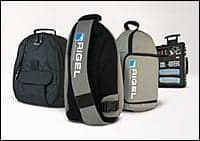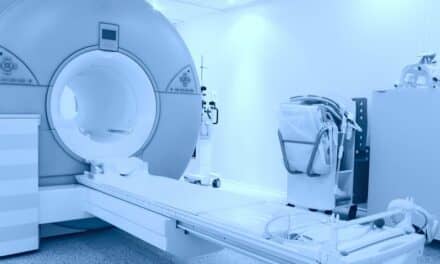The Joint Commission has posted a PowerPoint overview of the 2014 National Patient Safety Goals (NPSG) on its website, covering topics from patient identification and medication safety to hospital-related infections.
The Commission previously announced a new goal surrounding clinical alarm safety that would take effect in 2 phases beginning in 2014. Phase 1 requires hospitals to evaluate current alarm procedures and establish protocols for effective management. Phase 2 begins January 1, 2016 and focuses on educating staff about how to successfully implement new policies.
The first goal involves patient identification and stipulates that hospitals use 2 forms of identification to eliminate transfusion errors. Facilities should also properly label medication in procedural settings and maintain accurate patient data to reduce medication errors. The Joint Commission also recommends implementing the Centers for Disease Control (CDC) or World Health Organization (WHO) hand hygiene guidelines in order to prevent hospital infections associated with the bloodstream, surgical sites, catheters, and multidrug-resistant organisms.
The NPSGs were first established in 2002 to help hospitals address specific areas of safety concern. A Patient Safety Advisory Group comprised of physicians, nurses, pharmacists, clinical engineers, and risk managers advises the Commission on the formation of its goals.
The full overview can be downloaded at The Joint Commission.




